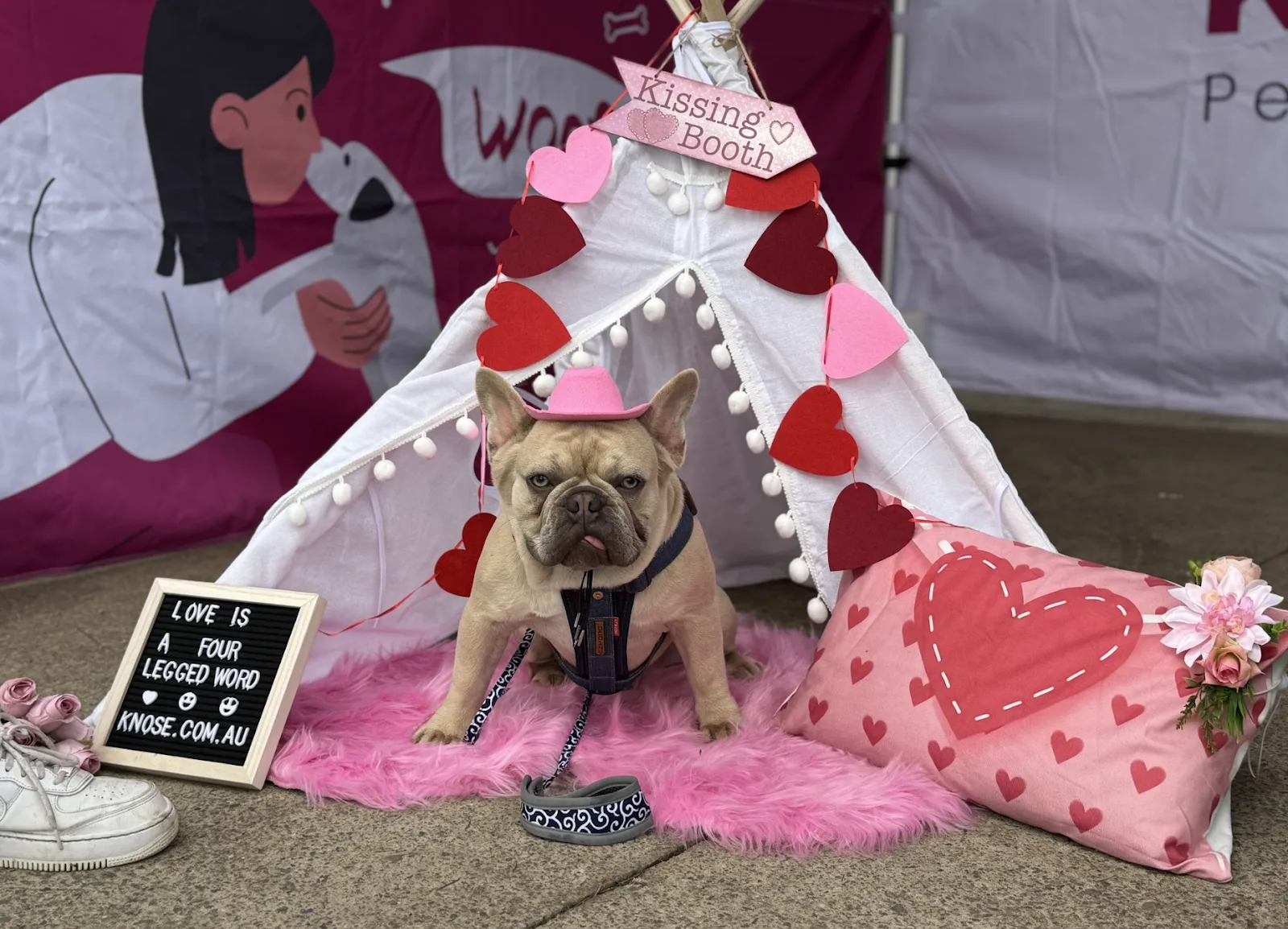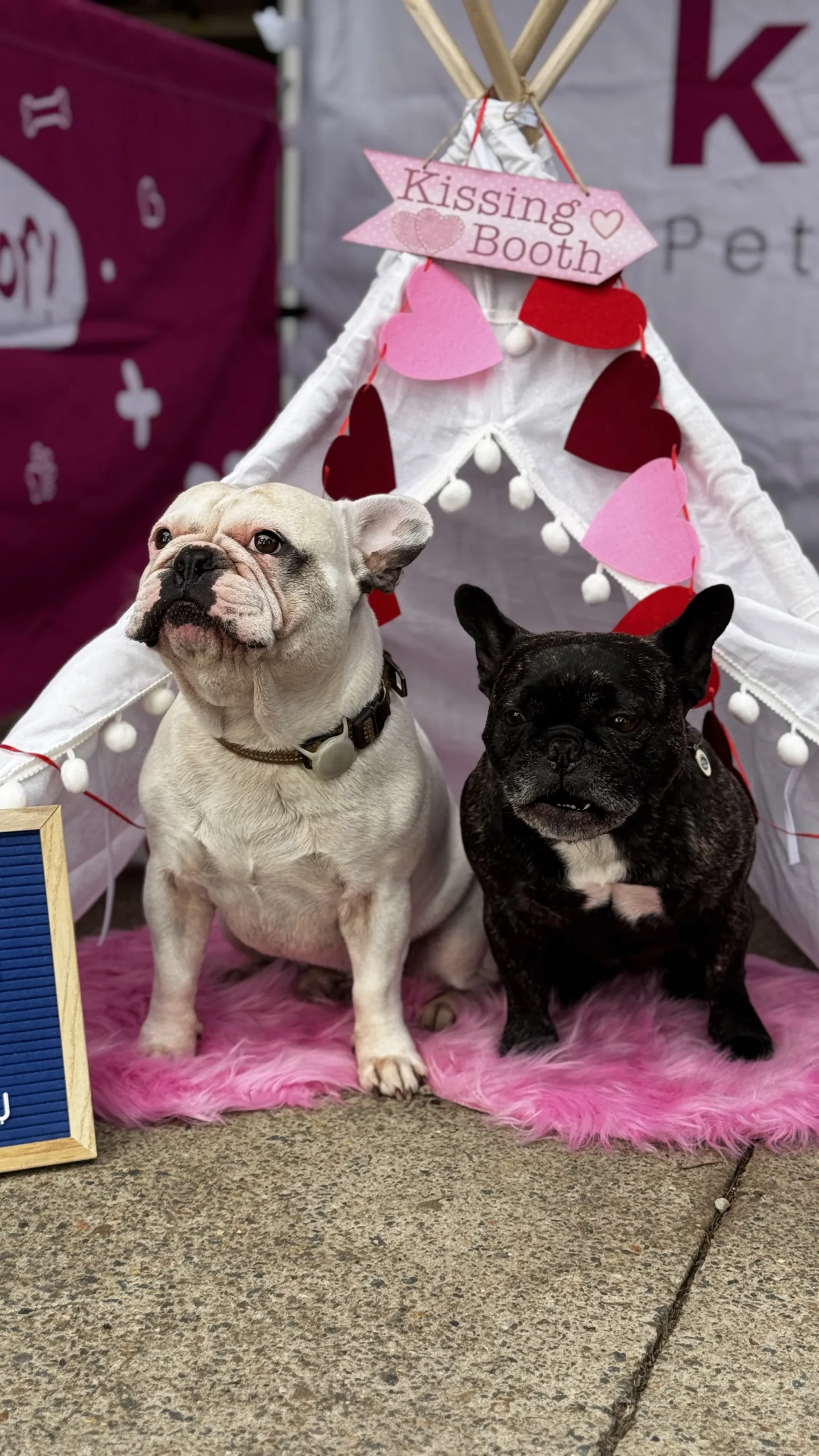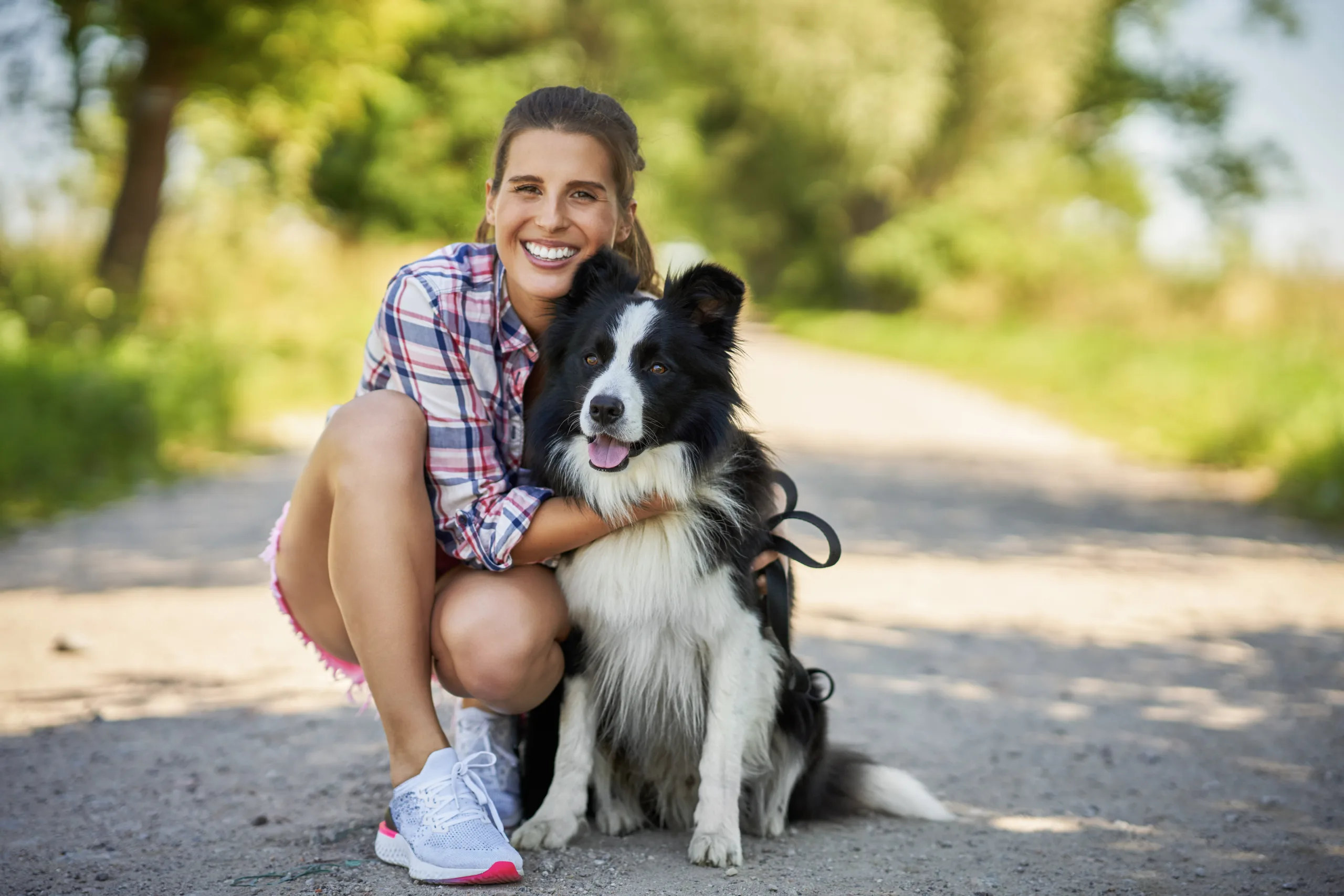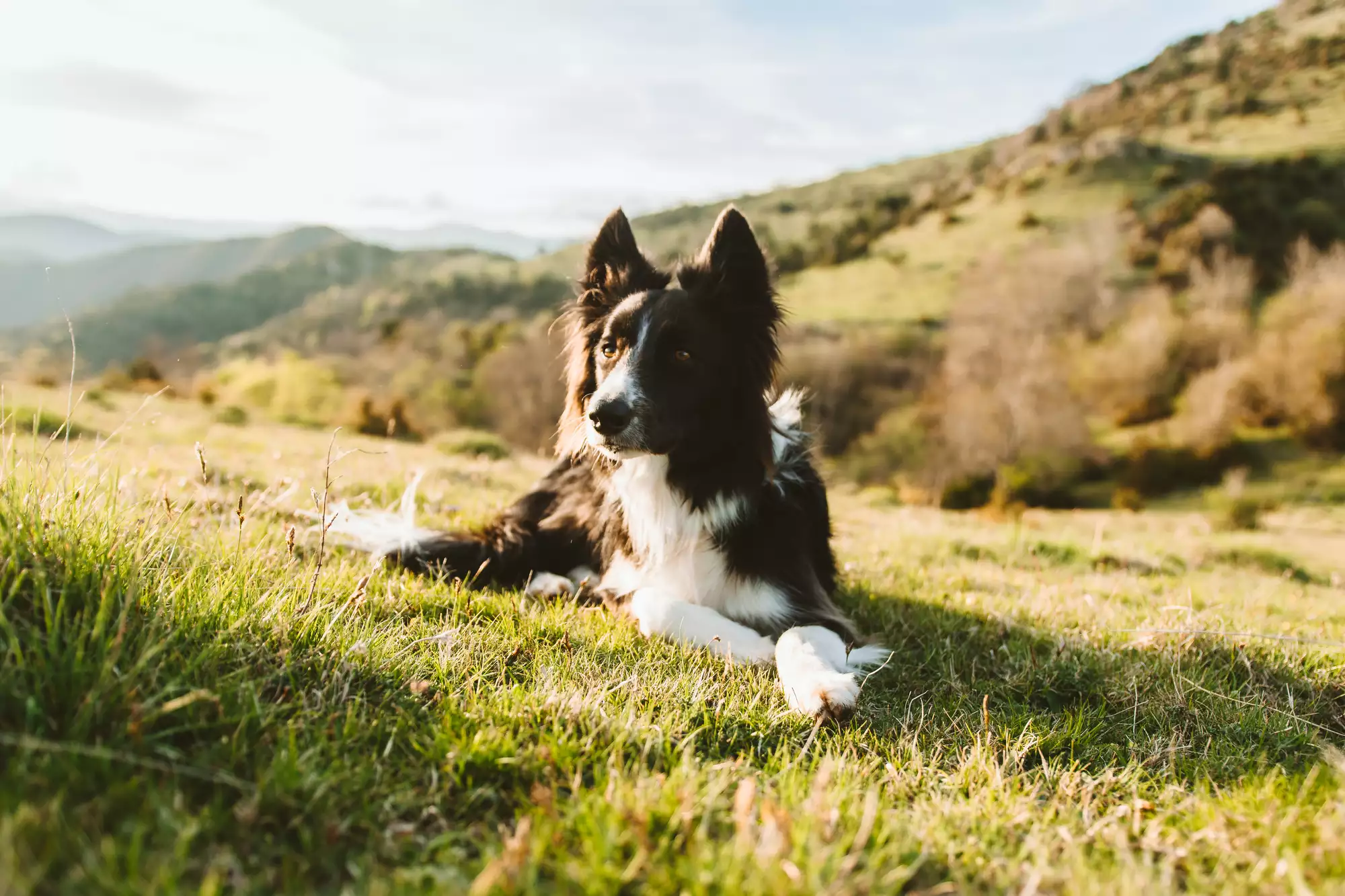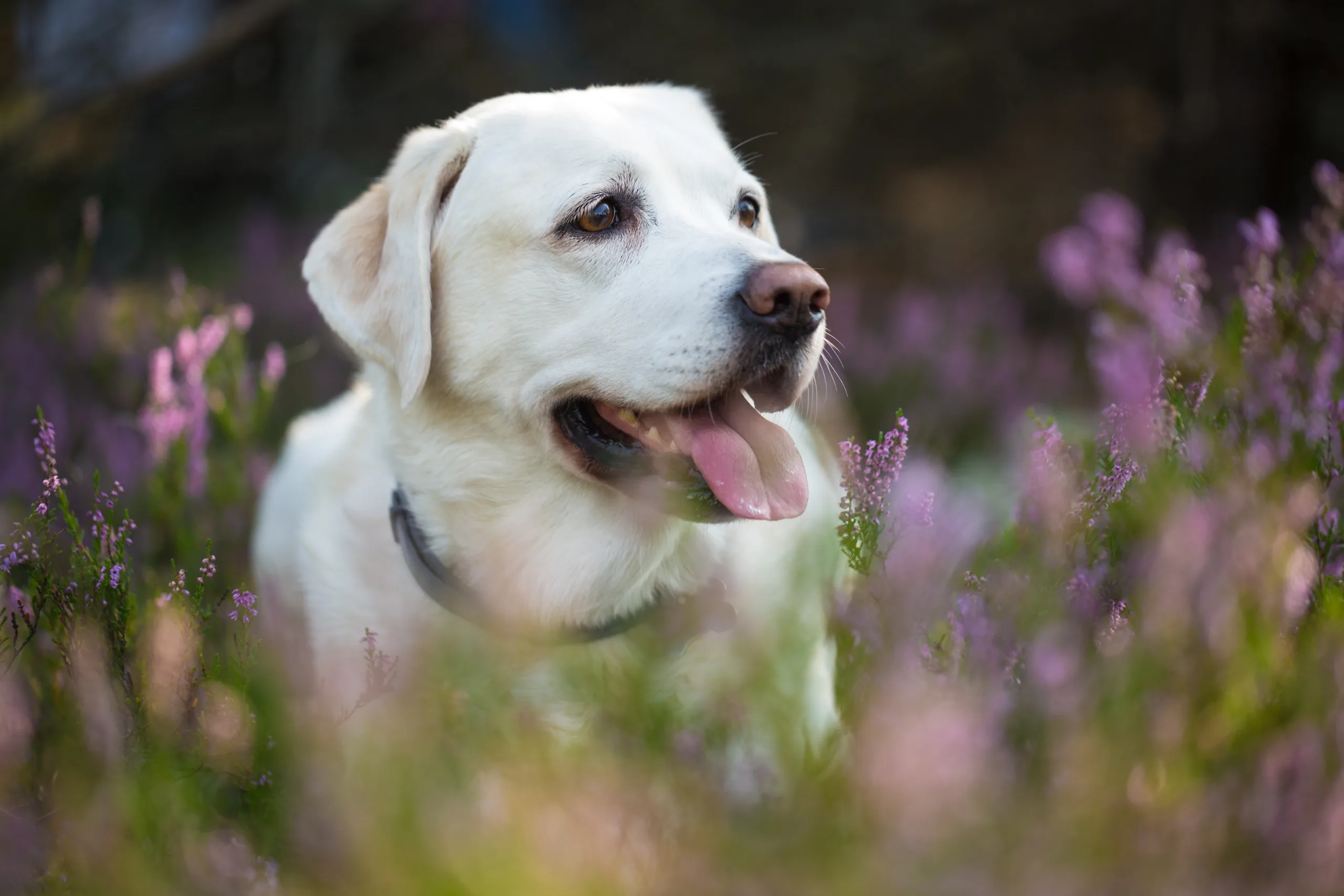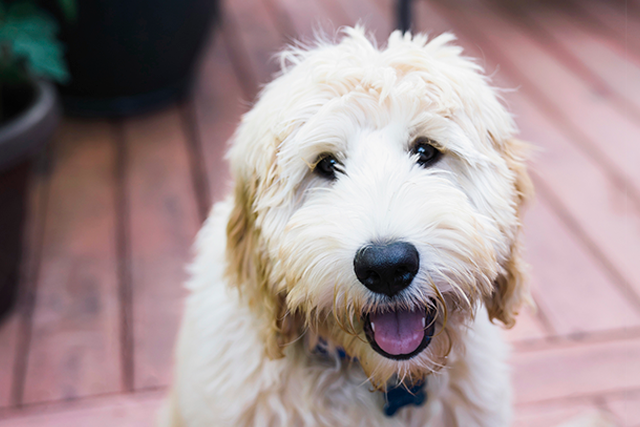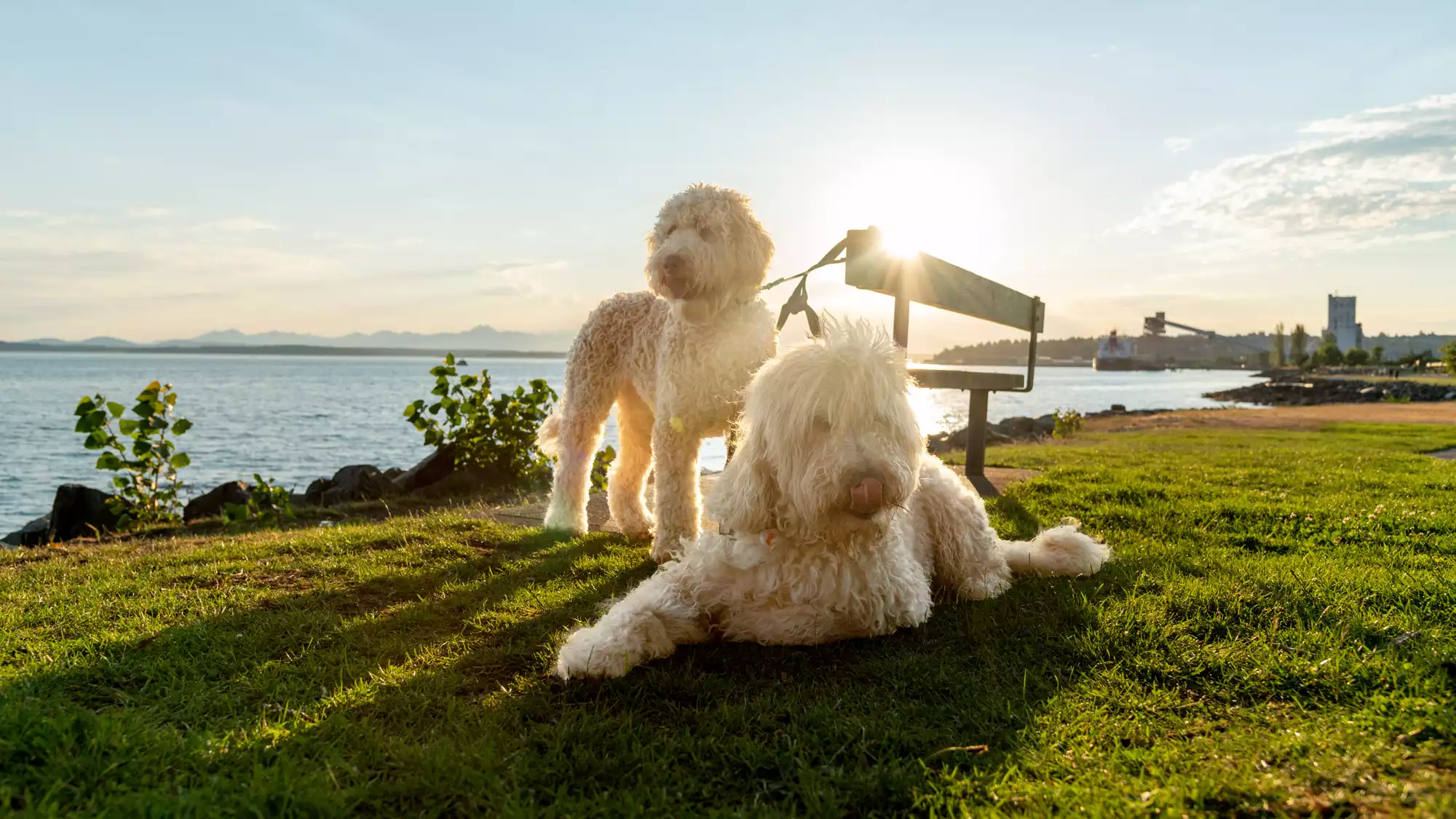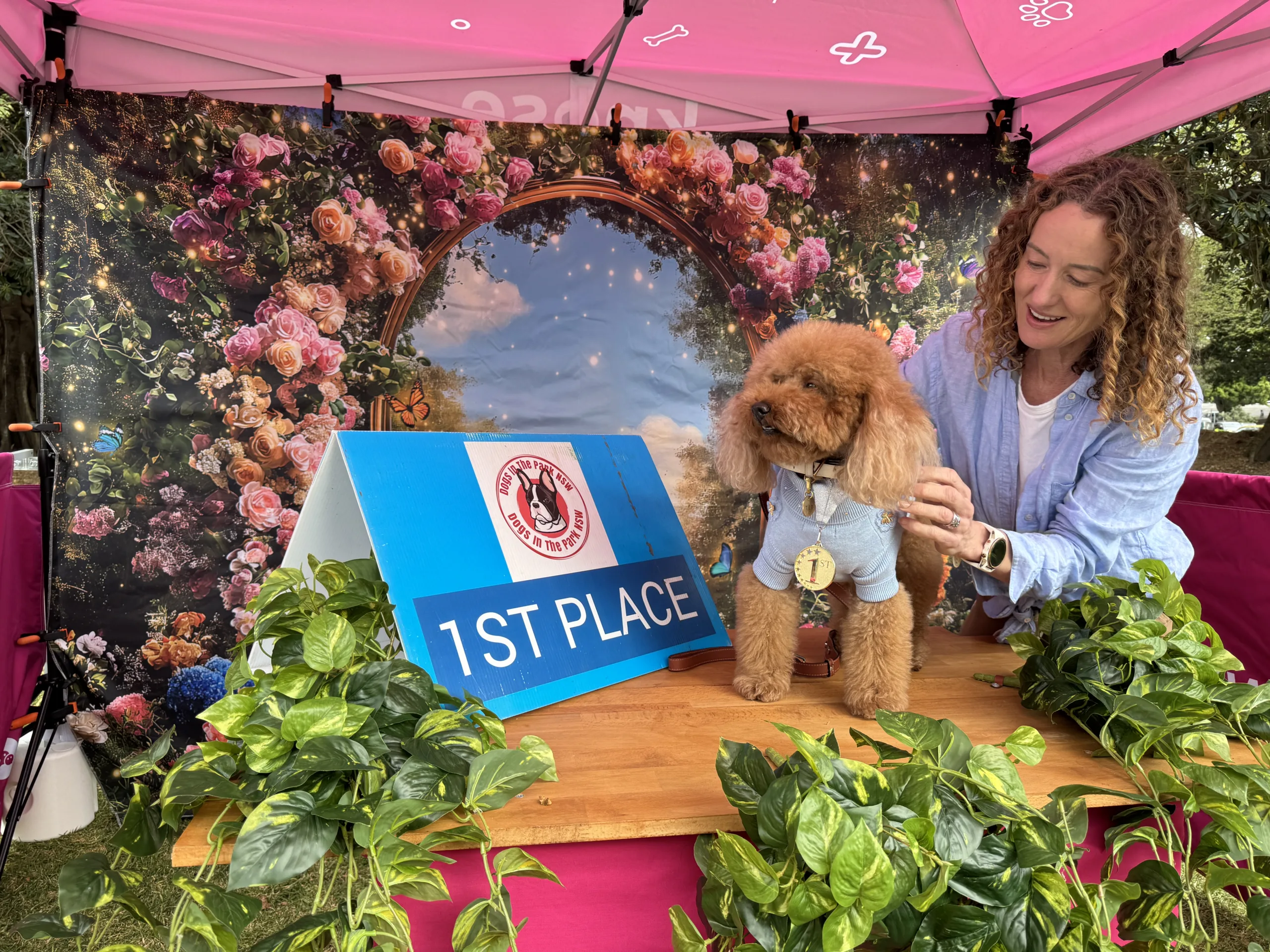Many of Australia’s most popular dog breeds are also known for common illnesses and breed-specific conditions. Vet bills rack up quickly, which is why many pet parents look into customisable dog insurance options offered by Knose.
Before we jump into the list, just remember that every breed comes with their own health quirks. Knowing what to do is half the battle.
Here are the top 10 most popular breeds this 2025 and the health realities every pet parent should know about. Can you guess which dog breed is number one?
10. Australian Shepherd Dog
These gorgeous fluffs didn’t actually originate from Australia, but they certainly found a home here! They’re medium-sized and known for their intelligence, herding instincts, and striking coat patterns.
According to PetMD, hip and elbow dysplasia are their most common health issues. These happen when either the hip or elbow joints develop improperly, resulting in malalignment.
💡 We love an active dog but excessive movement can take a toll on their hips and elbows. Keep them lean, exercise regularly, and start joint care early. Chat with your vet if you notice unusual changes.
9. French Bulldog
Don’t let the grumpy face get you. Frenchies are friendly little tanks famous for their large “bat ears” and flat, wrinkled faces. Great with kids and surprisingly chill dogs that won’t bark your ears off.
Sadly, every Frenchie suffers some degree of Brachycephalic Airway Syndrome (BOAS) due to their squashed faces. Because selectively bred, this also led to accidental traits like narrow nostrils and small windpipes, making breathing difficult.
Surgery can help but carries risks and often needs a specialist. To help Frenchies breathe easy, skip intense play, avoid super hot weather, and stick to gentle walks.
💡 Consult your vet at the first sign of trouble or emergency.
8. Staffordshire Bull Terrier
They have the muscles but Staffies are true softies at heart. Making them one of the most popular breeds Aussies love. They adore kids, live for playtime, and won’t think twice about standing guard when trouble’s near.
While Staffies are a pretty sturdy bunch, their skin can be extremely sensitive! They might throw a tantrum over itchy skin now and then.
💡 For not so severe cases, keep coats clean, use gentle shampoos, and talk to your vet about skin-friendly diets. Regular baths (but not too many) help too.
7. Dachshund
It’s official, they have wiggled their way to the hearts of many Australians. Originally bred as hunters, they are fiercely independent, headstrong, but always full of charm. What they lack in leg length, they make up for in character.
Because of their extra long backs, Dachshunds are prone to Intervertebral disc disease (IVDD). If not caught early, it can mean a total shutdown of all four legs.
💡 These sausage legends shouldn’t be jumping off furniture. Use ramps, block stairs, and keep their belly safe and healthy.
6. German Shepherd Dog
You’ll know a German Shepherd when you see one. Their long snout and squirrel-like tail is hard to miss. They have energy to burn and mischief to spare. Not exactly couch potato material but great for families who love a challenge.
According to the Orthopedic Foundation for Animals (OFA), hip dysplasia is the number one troublemaker in German Shepherds. They are strong and active but their hips can be unreliable.
Big bodies need strong joints. Add joint supplements, serve smaller meals to avoid bloat, and resist the urge to play tug-of-war straight after dinner.
💡 A bit of indoor play helps in reducing physical stress too.
5. Border Collie
They say Collies are the most intelligent dog breed, and it’s easy to see why. They’re naturally obedient and incredibly fast learners. Collies are so clever, they’ve been known to rescue kids and alert humans in emergencies.
As for their breed-specific condition, the American Border Collie Association lists epilepsy as one health concern to watch for. This commonly starts around 2–5 years of age and will usually require anti-seizure medications.
💡 Seizures can’t always be prevented, but it can be managed with vet care, medication, and a calm, stable routine. Reach out to your vet for the best practice.
4. Labrador Retriever
One of America’s most popular dog breeds, and the same is true in Australia! Friendly to a fault, they’re great with kids, other dogs, and even total strangers. They also absolutely love water. No surprise there, since they got their start helping fishermen, according to The Labrador Retriever Club.
Labs pack on weight real fast because of their hearty appetite. This makes them prone to obesity. They’re also at risk for hip dysplasia (big dogs usually are!), so keeping them fit is extra important.
💡 Monitor weight closely, watch the treats, and don’t skip the daily walks.
3. Golden Retriever
Golden for a reason! They’re famous all over the world and Australia is no exception. Golden Retrievers are intelligent, loyal, easy to train, and very affectionate. No one can say no to their thick, lustrous coats and gentle personalities.
Behind all that fluff lie health concerns that can’t be ignored. The breathtaking coats come with a price: hot spots and atopic dermatitis. Hot spots pop up fast, turn red and itchy. Atopic dermatitis sticks around, a long-term skin allergy that causes ongoing itching and discomfort.
💡 Regular brushing, gentle baths, and a skin-friendly diet can help stop the itch before it starts. If they start scratching like mad, it’s vet o’clock.
2. Groodle (Goldendoodle)
Groodles are the golden combo of brains, charm, and curls. A crossbreed of a Golden Retriever and a Poodle who is friendly, fun, and way too clever. They combine the best traits of both parent breeds, but can also get health issues from both sides.
Under all that fluff and sparkle, Groodles are genetically predisposed to heart disease like Subvalvular aortic stenosis (SAS). A health issue from their Golden Retriever genes.
💡 Regular vet check-ups, a balanced diet, and daily exercise that’s more stroll than sprint can help their hearts stay healthy.
1. Cavoodle (Cavapoo)
The Cavoodle remains the undisputed leader of Australian hearts.
Equal parts snuggle and sass, the Cavapoo mixes Cavalier sweetness with Poodle smarts in one tiny bundle of joy. Their coats can be low-shedding, which is good news if you’ve got allergies to consider.
Cavapoos are generally healthy, but that doesn’t mean they’re free from health issues. Many small and toy breeds are prone to luxating patella.
It’s when the kneecap pops out of place. Ouch! Your pup might do a funny little hop or skip when it happens. While it might look cute, it actually hurts and can cause joint problems later on.
💡 Maintain a healthy weight, skip the high dives off the couch, and opt for walks that build muscle without the madness.
Be ready when choosing the perfect dog breed for your home
Vet bills can sneak up faster than a Labrador spotting a dropped sausage. Common dog illnesses can pop up and usually at the worst time. Even the healthiest‑looking dogs can develop breed-specific conditions that need lifelong care (and cost).
💡 Knose helps you stay one step ahead. Learn how to keep them protected by investing in dog insurance.
Our customisable plans are built around your dog’s breed, quirks and lifestyle. We can help cover the curveballs so you can focus on belly rubs, not bills.
From cuddles to vet runs, we’ve got you no matter which popular dog breeds have stolen your heart.
##
Post by Knose Pet Insurance in collaboration with Ranzel
Ranzel is a perpetually caffeinated logophile whose work revolves around pets. She’s an advocate for the furred, feathered, and finned. A cat mum by fate, and a full-time sitter to an ever-growing crew of adorable strays.
